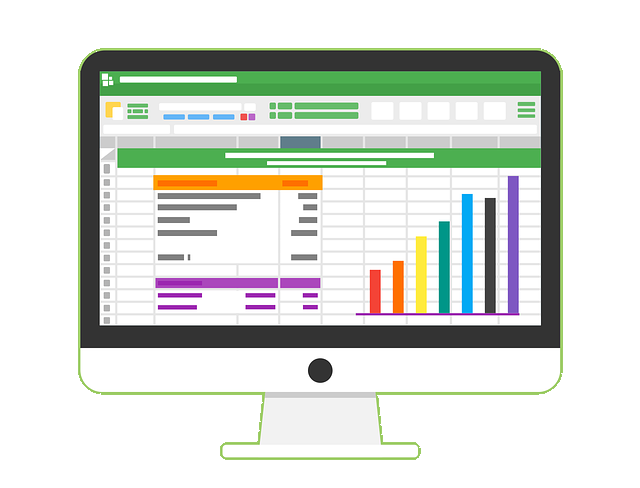Data Analytics & Business Intelligence
From healthcare to education, from finance to logistics, and from entertainment to technology, the usage of Data Analytics and Business Intelligence to make informed business decisions is gaining popularity across essentially all industries. And this shift is occurring at a dizzying rate as well.
According to Acute Market Reports, the Data Analytics market will grow at an estimated 12.3% compound annual growth rate (CAGR) from 2019 to 2027, while around 90% of business professionals now say that data and analytics are key to organizational initiatives. But what are Data Analytics and Business Intelligence? What’s the difference between the two? Which tools are used in these two fields? And how can Data Analytics and Business Intelligence help your organization?

Data Analytics vs. Business Intelligence

Data Analytics
Data Analytics is the process of presenting raw data in a way so that one can easily translate the data to informed, accurate, and actionable insights. These insights can be Diagnostic (which factors are causing the effect I observe?) and/or Predictive (what is the likelihood of a certain future event given the results I have already observed?)
Either can be delivered in graphical or tabular form, depending on the circumstance.
Although imperfect, using data to help drive your diagnostic and predictive insight generation is, in most instances, more historically accurate than trusting intuition alone.

Business Intelligence
Business Intelligence is a subfield of Data Analysis that deals with applications of Data Analytics specifically to business-related problems.
The key difference between Business Intelligence and Data Analytics is that while the former only applies to business-related decision making, the latter applies to all other fields as well (e.g., physical sciences, medicine, law, politics, and more).
Tools
The rapid growth of these fields corresponds to a rapid growth in the number of tools available to support them.

The most widely used tool across the fields of Data Analytics and Business Intelligence is Microsoft Excel, and by far.

Recent entrants to the Data Analytics tools market include Qlik, SAS, R, and with increasing popularity, Python.
 We are Tableau Desktop Certified
We are Tableau Desktop Certified

Data visualization professionals, who specialize in Data Analysis using graphical methods, tend to prefer Tableau or Microsoft’s PowerBI.

And the rapidly-expanding integration of Data Analysis with big data infrastructure demands that especially astute Data Analytics professionals are familiar with Hadoop, Spark, Hive, and SQL as well.
Do not worry if you are unfamiliar with some of these tools; we at Boxplot are ready to suggest the best tool for a given situation, or work with clients using their preferred Data Analytics tool.
Data Analytics, Business Intelligence, and Your Organization
There has never been a better time to adopt a data-driven mindset, and taking such measures is key in your organization’s efforts to keep up with competitors. Even if you do not think of yourself as a data-driven organization, or do not have experience with data-driven insight generation, the experts at Boxplot are prepared to help clients of all sizes make this transition.
We have years of experience with all major Data Analytics tools, and all analyses we complete are reviewed by a data professional with a degree in statistics or mathematics prior to client return.
Contact us for a quote on our Data Analytics and Business Intelligence services today, and take the guesswork out of your organization’s decision-making.
Get Help with Data Analytics

